[Home Theater Network HDAV.com.cn] Amplifier: A, B, AB, D, G, H class working principle introduction.
Class A
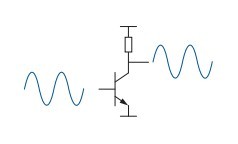
Class A amplifiers are the simplest type of amplifier, and for any output waveform, the transistors in its output stage are always on (not fully turned off). These amplifiers have excellent linearity but are very inefficient.
Class B

The output stage transistor of a Class B amplifier is only turned on for half a cycle (180 degrees) of the signal waveform. To amplify the entire signal, two transistors are used, one for the positive output signal and the other for the negative output signal. Class B amplifiers are much more efficient than Class A amplifiers, but because of the crossover point between the two transistors from turn-on to turn-off, the distortion is large.
Class AB
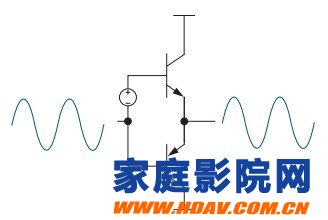
Class A and Class B combinations, Class AB amplifiers, are more efficient than Class A amplifiers and have lower distortion than Class B amplifiers. Two transistors are turned on by biasing the two transistors in the circuit to bring the signal close to zero (the class B amplifier introduces a non-linear operating point); when the signal is large, the transistor switches to the B mode. It can be seen that both transistors remain active during small signals, similar to Class A amplifiers; for large signals, only one transistor remains active every half cycle of the waveform, similar to a Class B amplifier.
Class D
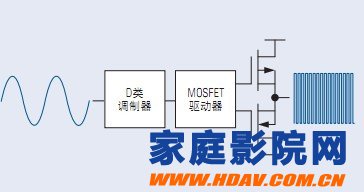
The output of a Class D amplifier is a switching waveform with a switching frequency that is much higher than the highest frequency of the audio signal that needs to be recovered. After low-pass filtering, the average value of the output waveform is consistent with the actual audio signal. Since the output stage transistors are fully or fully turned off during operation and do not enter the linear operating region of the transistor (which is responsible for the inefficiency of other types of amplifiers), Class D amplifiers are extremely efficient (up to 90%, even higher). Modern Class D amplifiers can achieve the same level of fidelity as Class AB amplifiers.
Class G
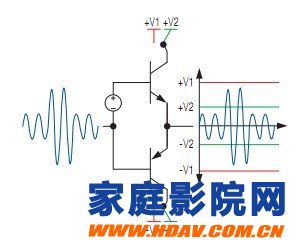
Class G amplifiers are identical to Class AB amplifiers, but when two or more power supplies are used to operate at small signal levels, the amplifiers are powered by a lower supply voltage. As the signal level increases, the amplifier automatically switches to the appropriate supply voltage. Since the high-voltage power supply is used only when necessary, the class AB amplifier is always powered by high voltage, and the class G amplifier is more efficient than the class AB amplifier. Class A - Class Class A Amplifier Guide (continued)
Class H
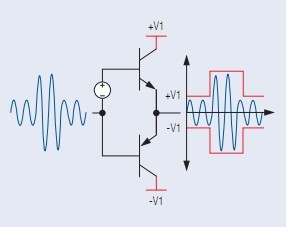
Class H amplifiers minimize the voltage drop across the output stage by adjusting its own supply voltage. Multiple discrete voltages can be used, or continuously adjustable voltages can be used. Although similar to Class G amplifier technology, designed to reduce the power consumption of the output stage circuit, Class H amplifier technology does not require multiple power supplies. Class H amplifiers are more complex than other amplifiers and require additional control circuitry to predict and control the supply voltage. More fresh and fun home theater information, please pay attention to home theater network (WeChat: cnhifi) http://, the country's most influential home theater audio player interactive media website.
Note: This article is transferred from Sina blog. The article is an independent view of the author and does not represent the position of the home theater network.
Electric Ceramic Cooktop,Ceramic Cooktop,Electric Stovetop,Electric Cooktops Ceramic Stove
Shaoxing Haoda Electrical Appliance Co.,Ltd , https://www.hotplates.nl